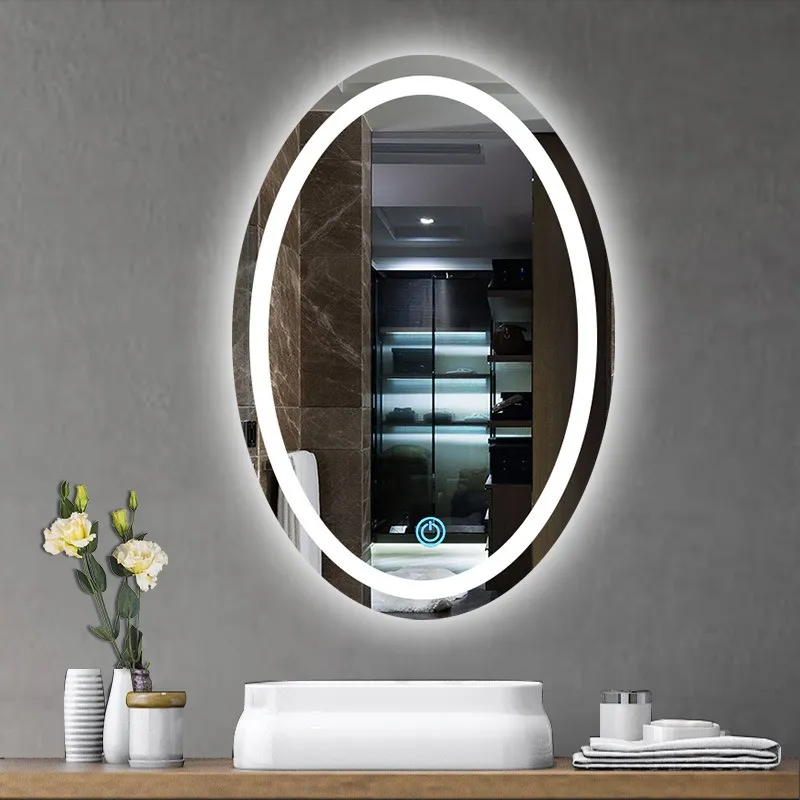1 月 . 17, 2025 01:56 Back to list
types of float glass
Float glass has revolutionized the architecture and automotive industries, serving as a fundamental material in a variety of applications. As a product expert, one must understand the diverse types of float glass available, recognizing their distinct properties and uses to make informed decisions. Here, we delve into the nuances of different float glass types, providing a comprehensive guide beneficial for product selection and application.
Low-E Glass Short for 'low-emissivity', Low-E float glass features a microscopically thin coating that reflects infrared energy while allowing visible light to pass through. This energy efficiency measure reduces heat transfer, keeping interiors warmer in winter and cooler in summer. Low-E glass is a superior choice for energy-conscious projects, contributing to reduced energy costs and increased comfort in homes and office buildings. Acid-Etched Glass Providing a combination of privacy and decoration, acid-etched float glass is treated with acid to create a frosted appearance. It maintains translucency, allowing light to pass through while obscuring visibility, making it suitable for bathroom partitions and decorative applications. Acid-etched glass adds elegance and style, turning ordinary glass surfaces into striking design elements. Reflective Glass This type of float glass is coated with a thin metallic layer, giving it mirror-like properties. Reflective glass is widely used in modern architecture to achieve a sleek, contemporary appearance and to reflect heat and glare from sunlight. Despite its reflective capabilities, it allows light in, enhancing interior illumination. It's commonly found in high-rise buildings and commercial complexes aiming for energy efficiency and a distinct aesthetic. In conclusion, understanding the types of float glass is crucial for selecting the right product that meets both aesthetic and functional requirements. Innovative applications of these glass types demonstrate the material's versatility, enhancing design possibilities while ensuring performance and safety. By aligning the choice of float glass with specific project goals, professionals can achieve optimal results that satisfy both technical specifications and client expectations.


Low-E Glass Short for 'low-emissivity', Low-E float glass features a microscopically thin coating that reflects infrared energy while allowing visible light to pass through. This energy efficiency measure reduces heat transfer, keeping interiors warmer in winter and cooler in summer. Low-E glass is a superior choice for energy-conscious projects, contributing to reduced energy costs and increased comfort in homes and office buildings. Acid-Etched Glass Providing a combination of privacy and decoration, acid-etched float glass is treated with acid to create a frosted appearance. It maintains translucency, allowing light to pass through while obscuring visibility, making it suitable for bathroom partitions and decorative applications. Acid-etched glass adds elegance and style, turning ordinary glass surfaces into striking design elements. Reflective Glass This type of float glass is coated with a thin metallic layer, giving it mirror-like properties. Reflective glass is widely used in modern architecture to achieve a sleek, contemporary appearance and to reflect heat and glare from sunlight. Despite its reflective capabilities, it allows light in, enhancing interior illumination. It's commonly found in high-rise buildings and commercial complexes aiming for energy efficiency and a distinct aesthetic. In conclusion, understanding the types of float glass is crucial for selecting the right product that meets both aesthetic and functional requirements. Innovative applications of these glass types demonstrate the material's versatility, enhancing design possibilities while ensuring performance and safety. By aligning the choice of float glass with specific project goals, professionals can achieve optimal results that satisfy both technical specifications and client expectations.
Next:
Latest news
-
Wired Glass: A Strong and Secure Glass Solution for Various Applications
NewsNov.04,2024
-
Tinted Glass: A Stylish and Functional Choice for Modern Homes
NewsNov.04,2024
-
The Elegance and Versatility of Silver Mirrors
NewsNov.04,2024
-
The Advantages of Copper Free Mirrors
NewsNov.04,2024
-
Tempered Glass: A Reliable Choice for Modern Applications
NewsNov.04,2024
-
Pattern Glass: Stylish and Functional Glass for Modern Design
NewsNov.04,2024
Related PRODUCTS














